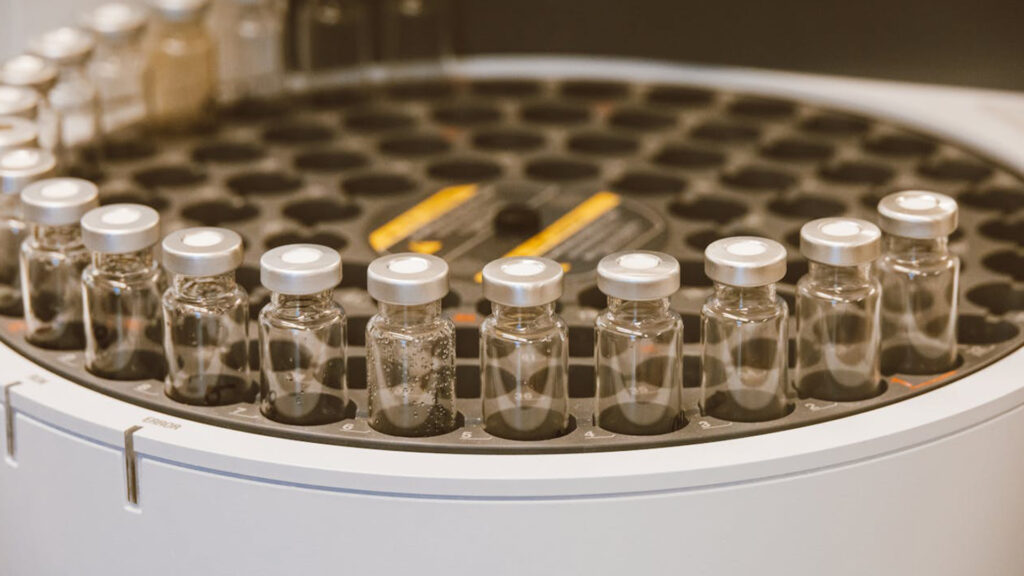Medical advancements often lead to unexpected discoveries. Recently, a potential connection has emerged between GLP-1 and GIP medications, such as semaglutide and tirzepatide, and their effects on addictive behaviors. Let’s delve into the science behind this intriguing topic.
Understanding GLP-1/GIP Medications
Glucagon-like peptide-1 (GLP-1) receptor agonists are drugs that mimic the GLP-1 hormone, which stimulates insulin production and signals satiety to the brain, thereby reducing hunger. These medications, including liraglutide, semaglutide, and dulaglutide, are primarily used to manage blood sugar levels and appetite in diabetes patients.
In addition, glucose-dependent insulinotropic polypeptide (GIP) receptor agonists work similarly by promoting insulin release after food intake. Tirzepatide, a medication that acts on both GLP-1 and GIP receptors, is FDA-approved for type 2 diabetes treatment and also used off-label for weight management.
GLP-1/GIP Medications and Addictive Behaviors
Anecdotal reports have suggested that individuals taking GLP-1/GIP medications experience a reduction or cessation in addictive behaviors, such as smoking, drinking, and even compulsive shopping or nail-biting. Initially, these observations were considered coincidental, but they have piqued the interest of the scientific community, prompting further investigation.
Emerging studies are exploring how these medications might influence addiction. Preliminary results indicate that GLP-1/GIP agonists’ effects on hormones responsible for satisfaction and satiety could extend to reducing cravings for substances like alcohol and nicotine. The exact mechanism remains unclear, but it is hypothesized that these drugs might alter brain chemistry related to reward and addiction.
For instance, a study on rats demonstrated that semaglutide could reduce alcohol consumption by disrupting alcohol-induced reward mechanisms in the brain. This finding raises the question of whether similar effects could be seen in humans using medications like semaglutide or tirzepatide.
Future Prospects for Addiction Treatment
The potential of GLP-1/GIP agonists in addiction treatment is a promising avenue for future research. Current human studies, such as one by the University of North Carolina examining semaglutide’s impact on alcohol and cigarette use, are underway. However, more extensive research is needed to draw definitive conclusions.
If validated, GLP-1/GIP medications could become a valuable tool in addiction treatment. Nevertheless, they would not serve as a standalone cure. Effective addiction treatment requires comprehensive approaches addressing behavioral and psychological factors. These medications might ease cravings and support other treatments that tackle the underlying causes of addiction.
Ending Notes
The discovery of GLP-1 and GIP agonists’ influence on addictive behaviors opens exciting new research avenues. While the potential for these medications in addiction treatment is still being explored, their impact extends beyond their initial applications for managing diabetes and weight. Continued research will be crucial in unlocking their full potential to benefit those struggling with addiction, offering a new hope in medical treatment strategies.
For those looking to achieve their health goals, exploring programs like the EllieMD Weight Management Program could be a step in the right direction.





